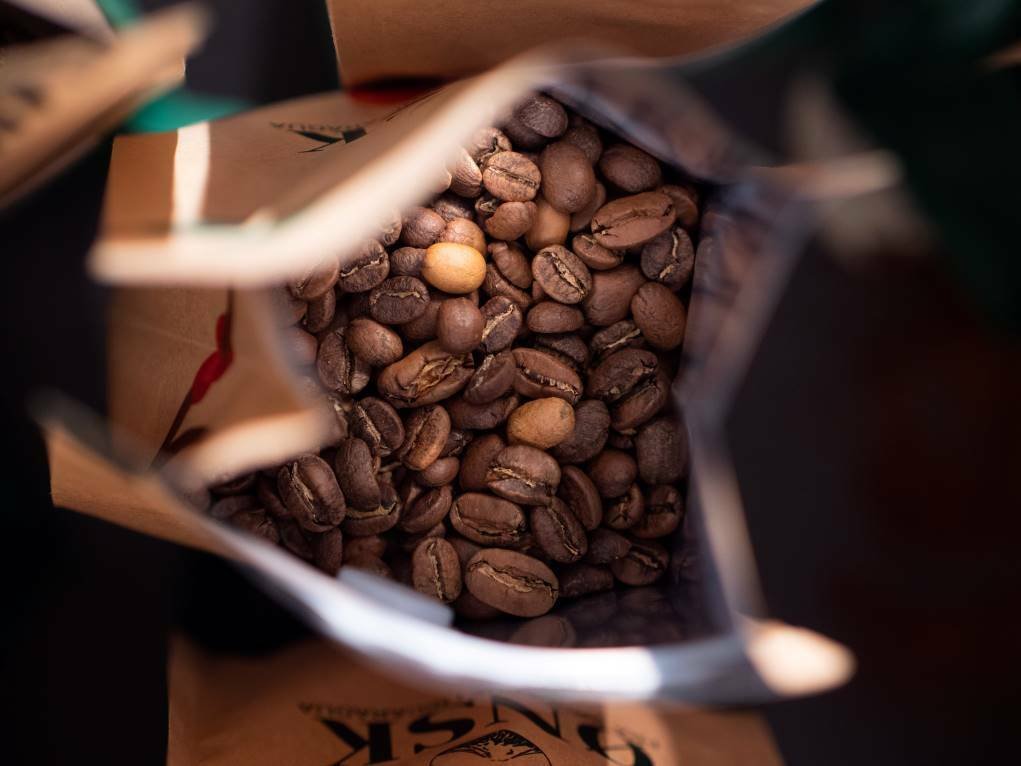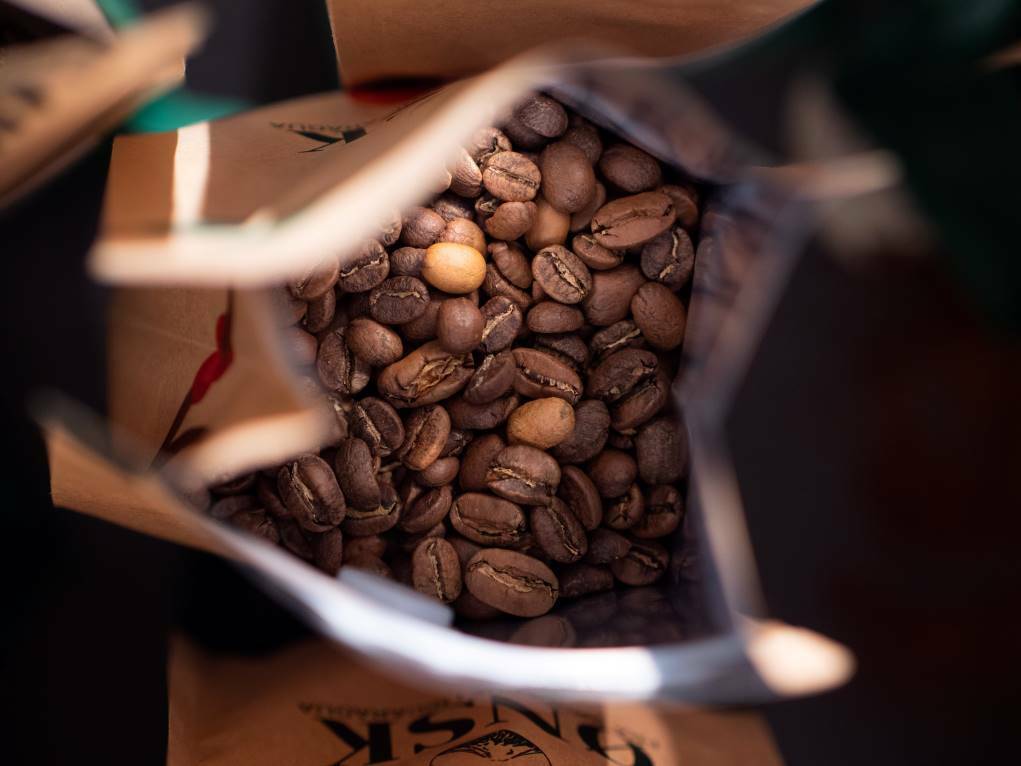Coffee time: 11 answers to questions about coffee
Questions about coffee
Coffee is a regular part of most people’s everyday lives. For some of us, coffee fills up quite a bit, and for others it fills up a little less. Therefore, it is also quite natural that there are tons of questions out there that coffee drinkers around are looking for clarification on. For this reason, we have gone online and found the 11 most frequently asked questions about coffee. And so we have tried to answer them as best we could.
A slightly different blog post has come out of it. But maybe you can use it and go a little bit smarter from here. Otherwise, you can laugh at the rest of us and our ignorance. We have cut the answers to the bone, so they are straight to the point and free of a whole lot of extraneous talk.

1) How much caffeine is in a cup of coffee?
If we start from a cup size of 125 ml, there will be approx. 85 mg of caffeine in a cup of filter coffee.
2) How do you make coffee?
There are many ways to brew coffee. Most Danes prefer filter coffee, and if you are one of them, here are our recommendations for dosing coffee:
7 grams of coffee per cup. This corresponds to two teaspoons with the top on.
3) Where does coffee come from?
Coffee originates from Ethiopia. So much is fixed.
However, it is associated with uncertainty as to how coffee’s effect was discovered. But there is a widespread story about a goatherd named Kaldi who lived in the 9th century. Kaldi noticed that his goats could not sleep after eating berries from a specific bush.
Kaldi’s discovery later found its way to a local monk, who made a drink out of the berries.
…And the monk never fell asleep during service again 😉
4) Can coffee get too old?
Both yes and no. As coffee beans are dried and roasted, it is not a perishable product. Like so many other foods, coffee is labelled with an expiration date. But if the coffee is stored in a dark, dry and cool place, it can last long past the sell-by date.
In fact, the Danish Veterinary and Food Administration has relaxed the rules so that you can sell coffee that has exceeded its expiry date.
At ØNSK, however, we want to make sure that you don’t buy more coffee than you can drink in a month. Because even if the beans don’t become mouldy because they sit in the cupboard for a few months, the aroma and flavour will continuously evaporate. Therefore, buy freshly roasted coffee in smaller quantities so that you always get the best out of the coffee. And then you are also free from food waste. Win-win.
5) How much coffee can you drink?
Now we are starting to get a little bit outside, so we have sought out the health authorities for answers.
Coffee contains caffeine, which stimulates the brain. Therefore, a high intake of coffee over time will probably be harmful, although this has not yet been scientifically proven. Conversely, caffeine also has a number of positive effects on the body and mind, which means that a moderate coffee intake can easily be part of a healthy and balanced diet.
The National Health Service recommends a maximum daily intake of 400 mg of caffeine for adults, which corresponds to just over 4 cups of coffee. When it comes to children, there is a rule of thumb called 2.5 mg of caffeine per kilogram.
6) Can you drink coffee when you are pregnant?
As a pregnant woman, you must drink a maximum of 3 cups of coffee a day. The health service recommends limiting caffeine intake to no more than 300 mg per day during pregnancy. The recommendations are made on the basis of a suspicion that a large caffeine intake increases the risk of spontaneous abortion and premature birth.
7) How many ml is a cup of coffee?
A cup of filter coffee corresponds to 125 ml
8) What is coffee?
A delicious and indispensable drink!
No, there are actually quite a few misconceptions about coffee. The typical is that coffee comes from a bean. In reality, coffee comes from a berry that grows on coffee bushes. Inside the berry hides two kernels – or coffee beans – which in traditional coffee production is extracted, washed, dried and roasted.
There are several species within coffee and a myriad of coffee varieties. High-quality coffee typically comes from the Arabica species, which is known for having the finest taste.
That is why coffee from ØNSK naturally also consists exclusively of Arabica beans.
9) Who drinks the most coffee in the world?
Finland are supreme world champion in drinking coffee.
An investigation shows that 52 percent of Americans prefer filter coffee, 15 percent prefer plunger coffee, 12 percent prefer to have their coffee from espresso machines, 11 percent from capsules and 8 percent prefer instant coffee.
10) How do you make decaffeinated coffee?
There are different methods of producing decaffeinated coffee. Originally, caffeine was removed from green coffee beans through the use of chemical solvents.
Today, in our part of the world, the caffeine is removed via a CO2 process called supercritical fluid extraction. In short, condensed CO2 is forced into the coffee under pressure, which pulls the caffeine out of the coffee beans and into a liquid gas.
But remember now that there is a time and a place for decaffeinated coffee: NEVER. EVER. SOME PLACES!
11) Is coffee good for weight loss
A series of studies confirm that consuming caffeine in conjunction with exercise increases fat burning. Therefore, it can be effective to drink a cup of coffee 30 minutes before a round of strength training or a run.
But coffee alone does not benefit your weight loss. Weight loss requires you to consume fewer calories than you burn.



Comments are closed.